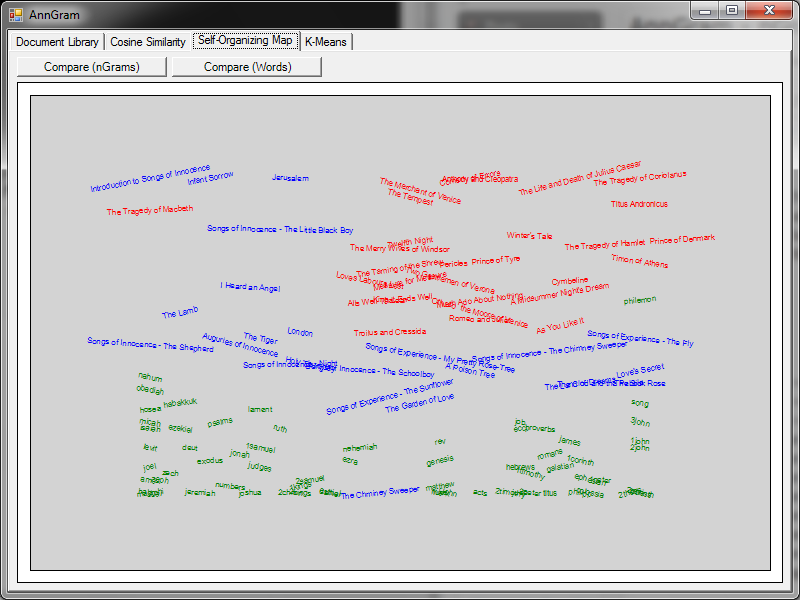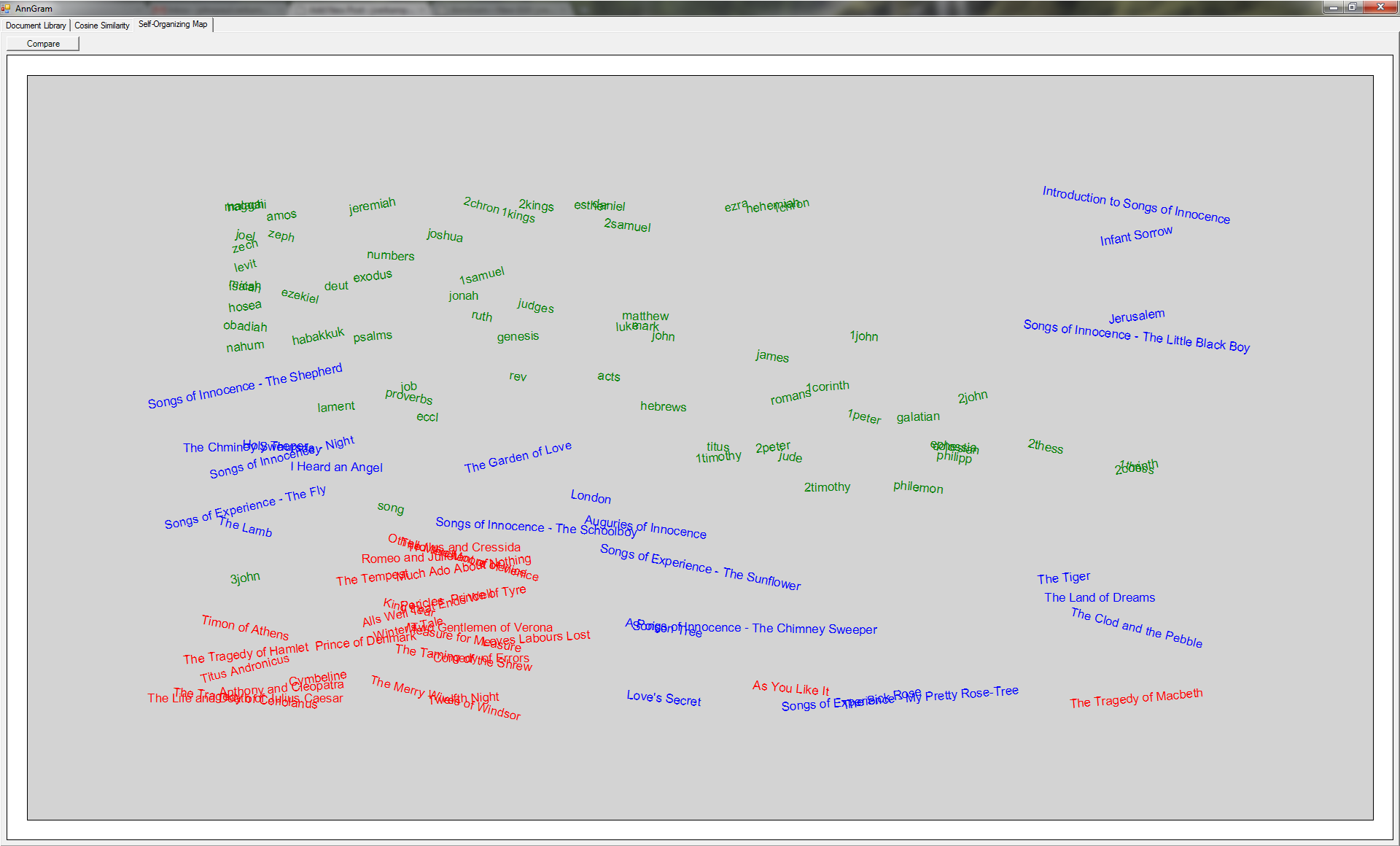Okay. A random post on the /r/cellular_automata subreddit inspired me.
Let’s generate a cellular automata where each pixel updates based on a neural network given as input:
- The x/y coordinates (scaled to the range 0-1)
- An optional random value (to make it more dynamic)
- A variety of neighboring data, such as:
- The number of neighbors that are ‘active’ (> 50% white), ranges 0-8 scaled to 0-1. This should allow Conway’s Game of Life
- The RGB values of all neighbors (allows a superset of the above)
- Gradients, subtract color value of the left from the right so that you get edges and side to side movement
Let’s do it!

